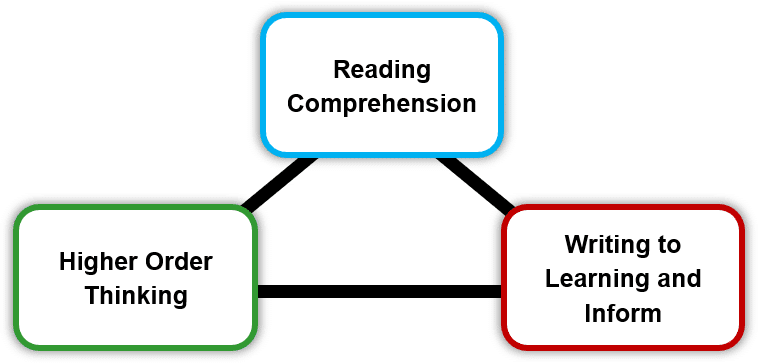What’s Bigger Than Rigor?
March 19, 2018 August 12, 2023
A question we often get from teachers and leaders is, “What is one thing I can do right now to increase student success?” As you can imagine, there are lots of answers to that question, and none of those answers are simple. There are, of course, dozens of strategies that could be incorporated into instruction that will make a big difference in student achievement, but which ones are the best? Which ones are really worth our time to use in the classroom?
Topping the list of the top research-based learning strategies is Higher Order Thinking. Teaching our students how to think critically in a variety of ways is crucial for student success, both in academics and the real world. In fact, there are nine very specific ways that the new generation of standards expect students to think. Students do not always know how to do these critical thinking strategies, and therefore need explicit instruction and support to be successful.

Higher Order Thinking, however, is only one piece of the rigor puzzle. Rigorous lessons also include two other critical components – reading comprehension strategies and writing. And just as with higher order thinking, both of these components top the chart of research-based strategies that raise achievement. While teaching the reading comprehension strategies is primarily the responsibility of the English/Language Arts teacher, the strategies are used in all content areas, simply because students have to read and understand information within all content areas. Writing is also a vital component of rigor, as students must be able to write to show their understanding of concepts. Writing in assignments is the perfect way for students to show what they know, and it’s the best way for us as teachers to determine if students really “get it.”
That’s rigor in a nutshell – higher order thinking, reading comprehension, and writing. So if higher order thinking, reading comprehension, and writing to raise achievement are all top research-based learning strategies, the question becomes, “What’s bigger than rigor?” If you are already planning and teaching lessons that have a focus on a higher order thinking strategy and/or reading comprehension strategy, and students are writing to learn throughout the lesson and writing to inform in their assignments, what’s the next step in increasing student achievement?
What’s bigger than rigor is the incorporation of other top-ranking strategies as well. When planning your lessons, consider the learning strategies that have the biggest impact on students, and make sure that they are part of your plan.
